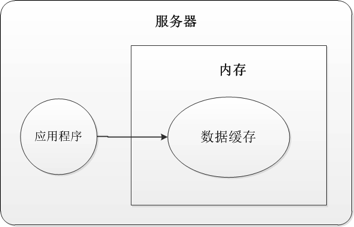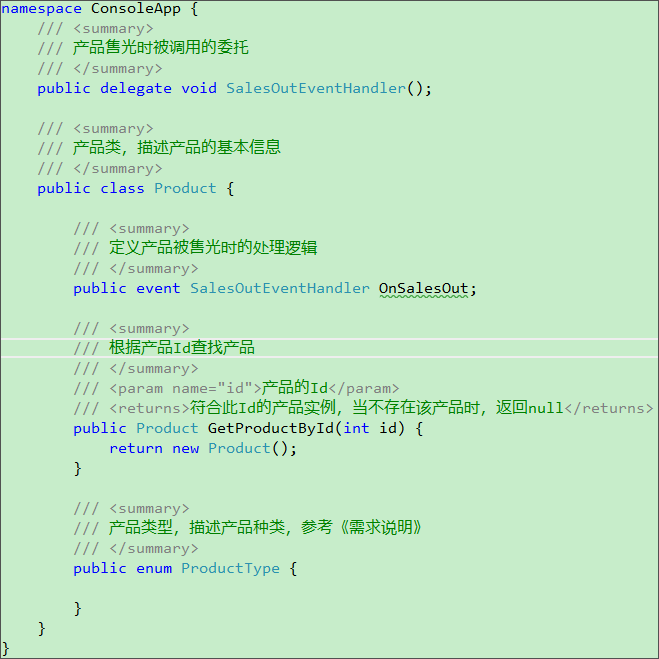|
|
現(xiàn)在,C#創(chuàng)建不規(guī)則窗體不是一件難事,下面總結(jié)一下:
一、自定義窗體,一般為規(guī)則的圖形,如圓、橢圓等。
做法:重寫Form1_Paint事件(Form1是窗體的名字),最簡單的一種情況如下:
System.Drawing.Drawing2D.GraphicsPath shape = new System.Drawing.Drawing2D.GraphicsPath();
shape.AddEllipse(0,0,this.Height, this.Width);
this.Region = new Region(shape);
即重繪窗體的規(guī)則。
二、利用背景圖片實(shí)現(xiàn)
1. 設(shè)置窗體的背景圖片,其中背景圖片是24位(不包括24)以下的位圖(BMP圖片),并且要設(shè)置TansparencyKey的值,一般為你背景圖片的背景色,即創(chuàng)建不規(guī)則圖片時(shí)的底色,一般設(shè)為你圖片中沒有的顏色。
這種做法的不好的地方就是背景圖片一定要16位或者更低的,而且還要確保客戶端的顯示。如果監(jiān)視器的顏色深度設(shè)置大于 24 位,則不管 TransparencyKey 屬性是如何設(shè)置的,窗體的非透明部分都會(huì)產(chǎn)生顯示問題。若要避免出現(xiàn)這種問題,請確保“顯示”控制面板中的監(jiān)視器顏色深度的設(shè)置小于 24 位。當(dāng)開發(fā)具有這種透明功能的應(yīng)用程序時(shí),請牢記應(yīng)使您的用戶意識(shí)到此問題。
實(shí)現(xiàn)步驟如下:
1. 新建windows application
2. 選擇窗體,找到BackgroundImage屬性,點(diǎn)擊打開新的窗口,選擇下面的導(dǎo)入資源文件,選擇你的不規(guī)則的BMP圖片
3. 找到窗體的TansparencyKey,將它設(shè)置為你背景圖片的背景色(如黃色)
4. 找到窗體的FormBorderStyle,將其設(shè)置為none,即不顯示標(biāo)題欄
5. 運(yùn)行
2. 跟背景圖片一樣的圖形,不過是動(dòng)態(tài)加載,遍歷位圖以實(shí)現(xiàn)不規(guī)則窗體。它的原理是這樣的,在Form的load事件中寫方法使得窗體的描繪區(qū)域發(fā)生改變。
實(shí)現(xiàn)步驟如下:
1. 建立winform應(yīng)用程序
2. 找到窗體的Load事件,雙擊進(jìn)行編輯
3. 編寫方法,主要的代碼如下:
 代碼
代碼class BitmapRegion
{
public BitmapRegion()
{ }
/// <summary>
/// Create and apply the region on the supplied control
/// 創(chuàng)建支持位圖區(qū)域的控件(目前有button和form)
/// </summary>
/// <param name="control">The Control object to apply the region to控件</param>
/// <param name="bitmap">The Bitmap object to create the region from位圖</param>
public static void CreateControlRegion(Control control, Bitmap bitmap)
{
// Return if control and bitmap are null
//判斷是否存在控件和位圖
if (control == null || bitmap == null)
return;
// Set our control''s size to be the same as the bitmap
//設(shè)置控件大小為位圖大小
control.Width = bitmap.Width;
control.Height = bitmap.Height;
// Check if we are dealing with Form here
//當(dāng)控件是form時(shí)
if (control is System.Windows.Forms.Form)
{
// Cast to a Form object
//強(qiáng)制轉(zhuǎn)換為FORM
Form form = (Form)control;
// Set our form''s size to be a little larger that the bitmap just
// in case the form''s border style is not set to none in the first place
//當(dāng)FORM的邊界FormBorderStyle不為NONE時(shí),應(yīng)將FORM的大小設(shè)置成比位圖大小稍大一點(diǎn)
form.Width = control.Width;
form.Height = control.Height;
// No border
//沒有邊界
form.FormBorderStyle = FormBorderStyle.None;
// Set bitmap as the background image
//將位圖設(shè)置成窗體背景圖片
form.BackgroundImage = bitmap;
// Calculate the graphics path based on the bitmap supplied
//計(jì)算位圖中不透明部分的邊界
GraphicsPath graphicsPath = CalculateControlGraphicsPath(bitmap);
// Apply new region
//應(yīng)用新的區(qū)域
form.Region = new Region(graphicsPath);
}
// Check if we are dealing with Button here
//當(dāng)控件是button時(shí)
else if (control is System.Windows.Forms.Button)
{
// Cast to a button object
//強(qiáng)制轉(zhuǎn)換為 button
Button button = (Button)control;
// Do not show button text
//不顯示button text
button.Text = "";
// Change cursor to hand when over button
//改變 cursor的style
button.Cursor = Cursors.Hand;
// Set background image of button
//設(shè)置button的背景圖片
button.BackgroundImage = bitmap;
// Calculate the graphics path based on the bitmap supplied
//計(jì)算位圖中不透明部分的邊界
GraphicsPath graphicsPath = CalculateControlGraphicsPath(bitmap);
// Apply new region
//應(yīng)用新的區(qū)域
button.Region = new Region(graphicsPath);
}
}
/// <summary>
/// Calculate the graphics path that representing the figure in the bitmap
/// excluding the transparent color which is the top left pixel.
/// //計(jì)算位圖中不透明部分的邊界
/// </summary>
/// <param name="bitmap">The Bitmap object to calculate our graphics path from</param>
/// <returns>Calculated graphics path</returns>
private static GraphicsPath CalculateControlGraphicsPath(Bitmap bitmap)
{
// Create GraphicsPath for our bitmap calculation
//創(chuàng)建 GraphicsPath
GraphicsPath graphicsPath = new GraphicsPath();
// Use the top left pixel as our transparent color
//使用左上角的一點(diǎn)的顏色作為我們透明色
Color colorTransparent = bitmap.GetPixel(0, 0);
// This is to store the column value where an opaque pixel is first found.
// This value will determine where we start scanning for trailing opaque pixels.
//第一個(gè)找到點(diǎn)的X
int colOpaquePixel = 0;
// Go through all rows (Y axis)
// 偏歷所有行(Y方向)
for (int row = 0; row < bitmap.Height; row++)
{
// Reset value
//重設(shè)
colOpaquePixel = 0;
// Go through all columns (X axis)
//偏歷所有列(X方向)
for (int col = 0; col < bitmap.Width; col++)
{
// If this is an opaque pixel, mark it and search for anymore trailing behind
//如果是不需要透明處理的點(diǎn)則標(biāo)記,然后繼續(xù)偏歷
if (bitmap.GetPixel(col, row) != colorTransparent)
{
// Opaque pixel found, mark current position
//記錄當(dāng)前
colOpaquePixel = col;
// Create another variable to set the current pixel position
//建立新變量來記錄當(dāng)前點(diǎn)
int colNext = col;
// Starting from current found opaque pixel, search for anymore opaque pixels
// trailing behind, until a transparent pixel is found or minimum width is reached
///從找到的不透明點(diǎn)開始,繼續(xù)尋找不透明點(diǎn),一直到找到或則達(dá)到圖片寬度
for (colNext = colOpaquePixel; colNext < bitmap.Width; colNext++)
if (bitmap.GetPixel(colNext, row) == colorTransparent)
break;
// Form a rectangle for line of opaque pixels found and add it to our graphics path
//將不透明點(diǎn)加到graphics path
graphicsPath.AddRectangle(new Rectangle(colOpaquePixel, row, colNext - colOpaquePixel, 1));
// No need to scan the line of opaque pixels just found
col = colNext;
}
}
}
// Return calculated graphics path
return graphicsPath;
}
}
NET技術(shù):C#創(chuàng)建不規(guī)則窗體的幾種方式,轉(zhuǎn)載需保留來源!
鄭重聲明:本文版權(quán)歸原作者所有,轉(zhuǎn)載文章僅為傳播更多信息之目的,如作者信息標(biāo)記有誤,請第一時(shí)間聯(lián)系我們修改或刪除,多謝。




